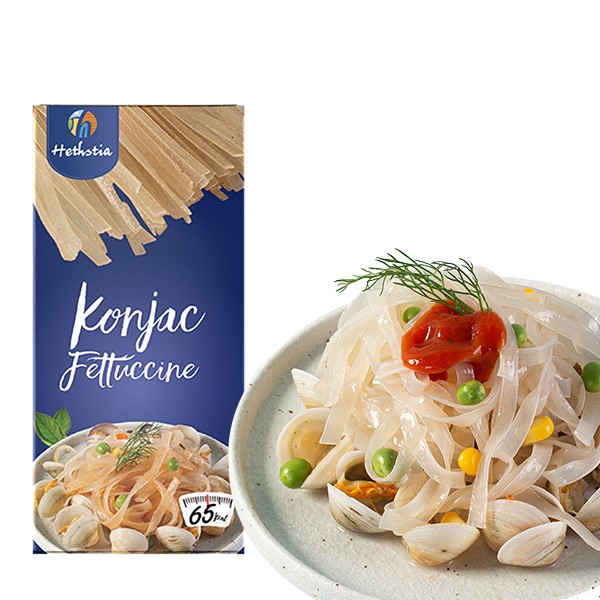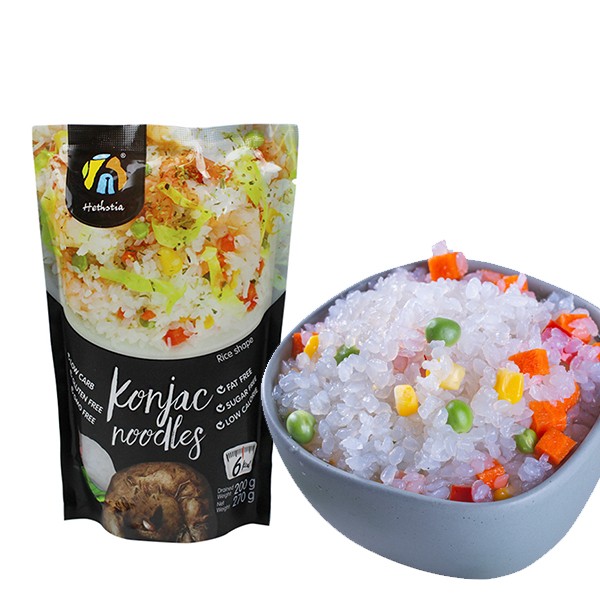Organic Konjac Flour Supplier
Organic Konjac Flour Supplier
The Konjac Foods Glucomannan Powder is widely used in the food industry for its thickening, stabilizing, and gelling properties.
We are a trusted konjac gum manufacturer, and our glucomannan flour never compromises on quality.
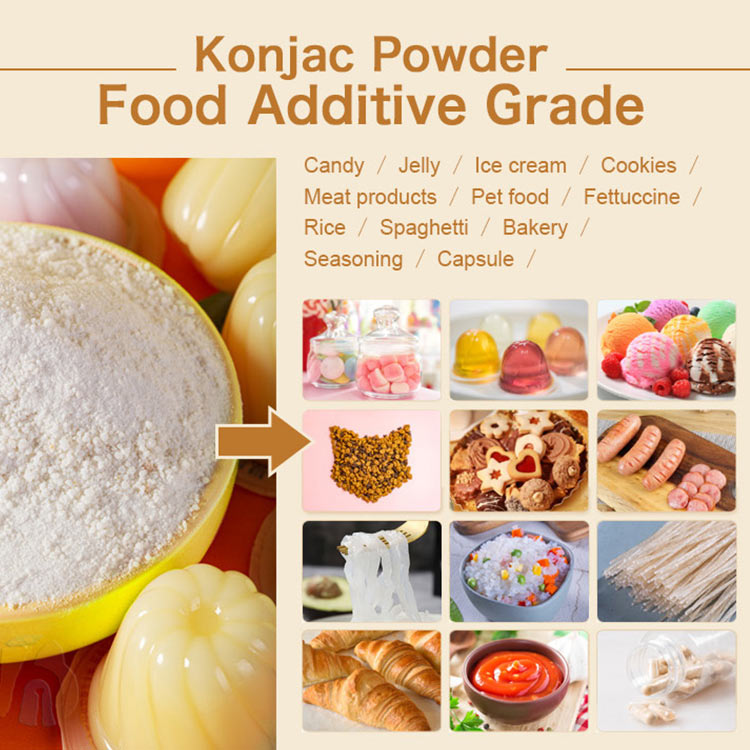
The Konjac Glucomannan Powder is made from the finest quality konjac root extract flour.
Our amazing product is the perfect meal replacement for anyone who wants to shed those unwanted pounds and feel great.
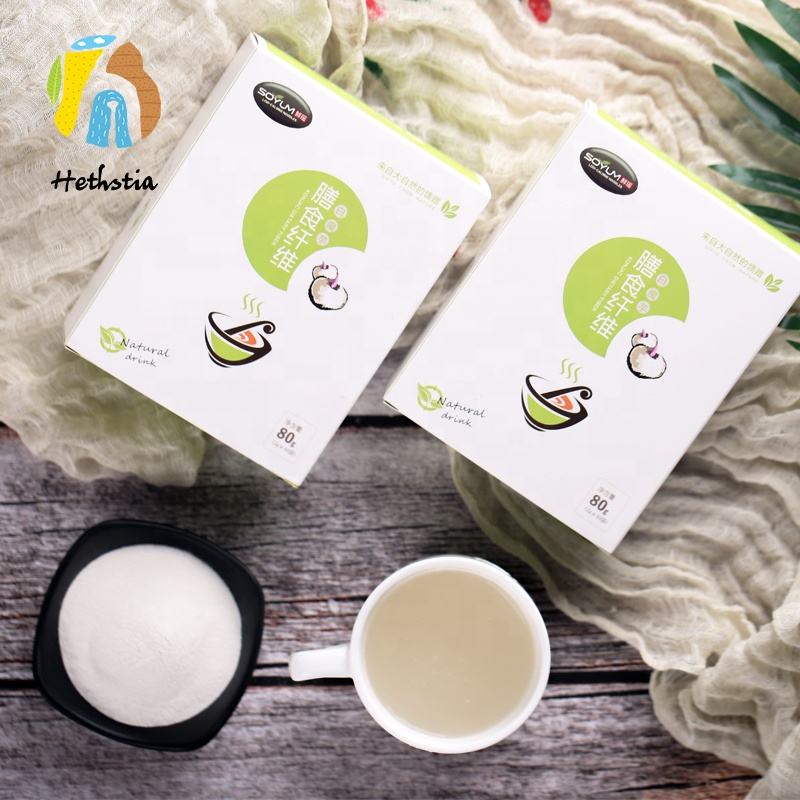
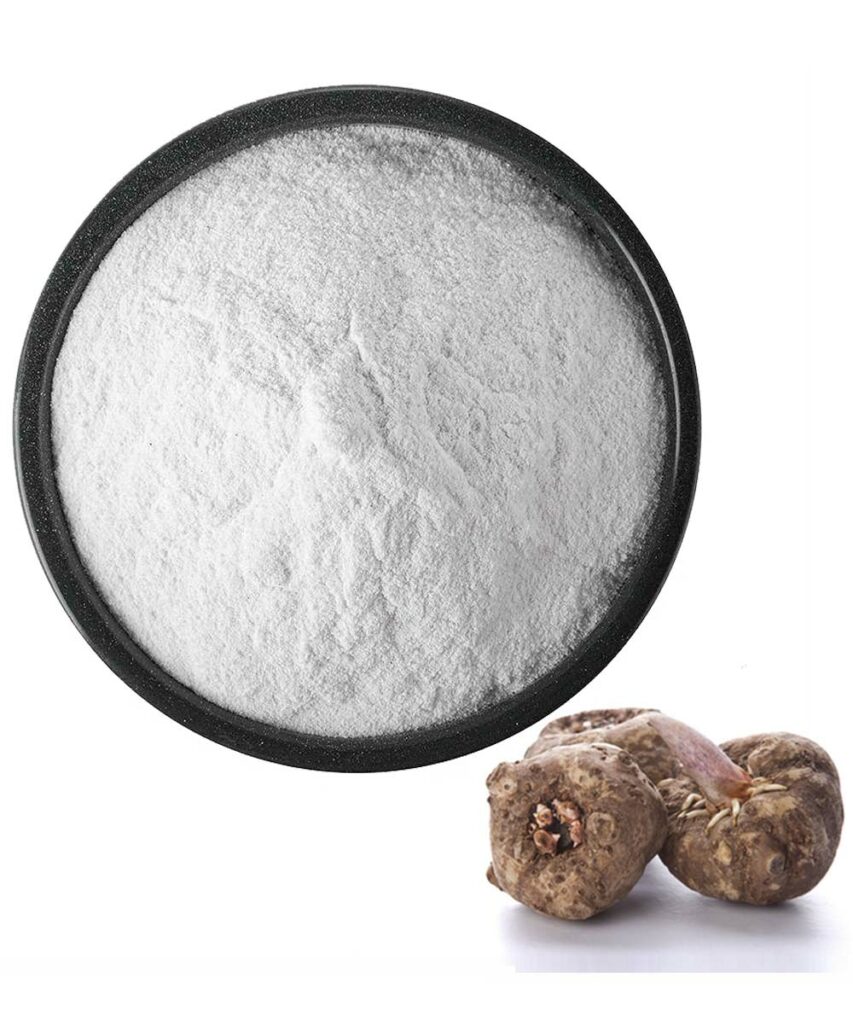
How can konjac flour change the way you eat healthy?
A Keto Diet’s Best Friend: Embrace the power of organic konjac flour keto magic. As a low-carb flour, it’s an ideal choice for maintaining a state of ketosis, offering you the flexibility to create delightful baked goods without the carb load.
Gluten-Free Goodness: For those with gluten sensitivities or celiac disease, the question “Is konjac flour gluten-free?” is met with a resounding “Yes!” Dive into a world of gluten-free recipes, where konjac flour shines as a safe and nutritious option.
Dietary Fiber Dynamo: With its high dietary fiber content, konjac flour supports digestive health, aids in maintaining a feeling of fullness, and can contribute to weight management efforts.
Pure and Natural: Our commitment to purity and quality shines through in our organic konjac flour. Free from GMOs, sugar, fat, and any artificial additives, it’s the epitome of a clean, all-natural product. This commitment ensures you can trust what you’re adding to your meals, prioritizing health without compromise.
Bread and pancake mixes containing organic konnyaku flour
Our bread flour is your cornerstone for culinary creativity, ideal for creating everything from rustic loaves to exquisite pastries.
We’re more than just a flour supplier.
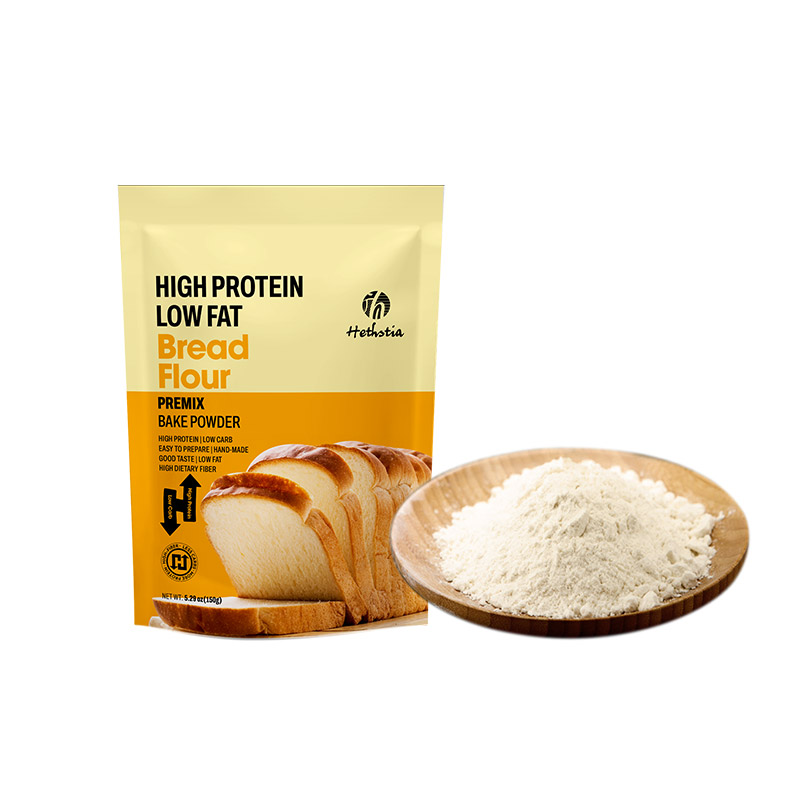
Protein Pancake Flour – your key to starting the day right with a perfect blend of nutrition and taste. Crafted with your health and palate in mind, this best pancake flour is not just food.
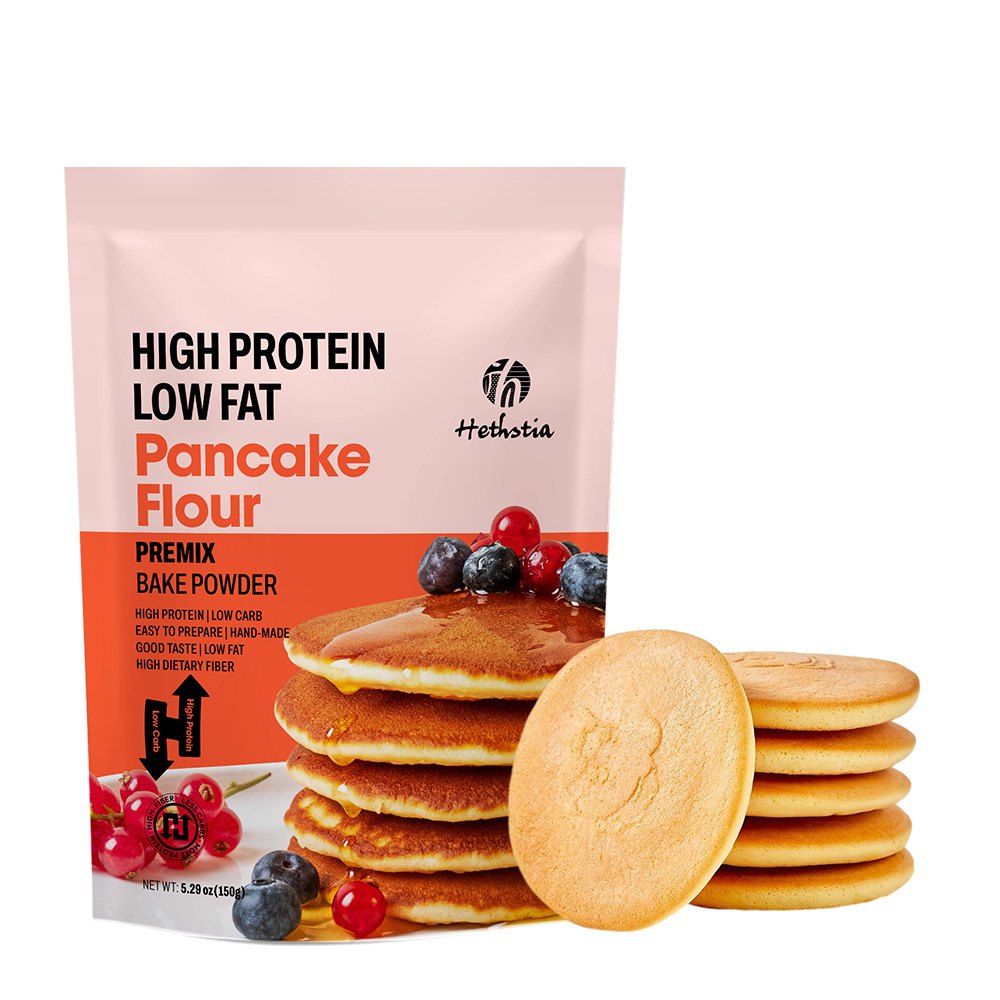
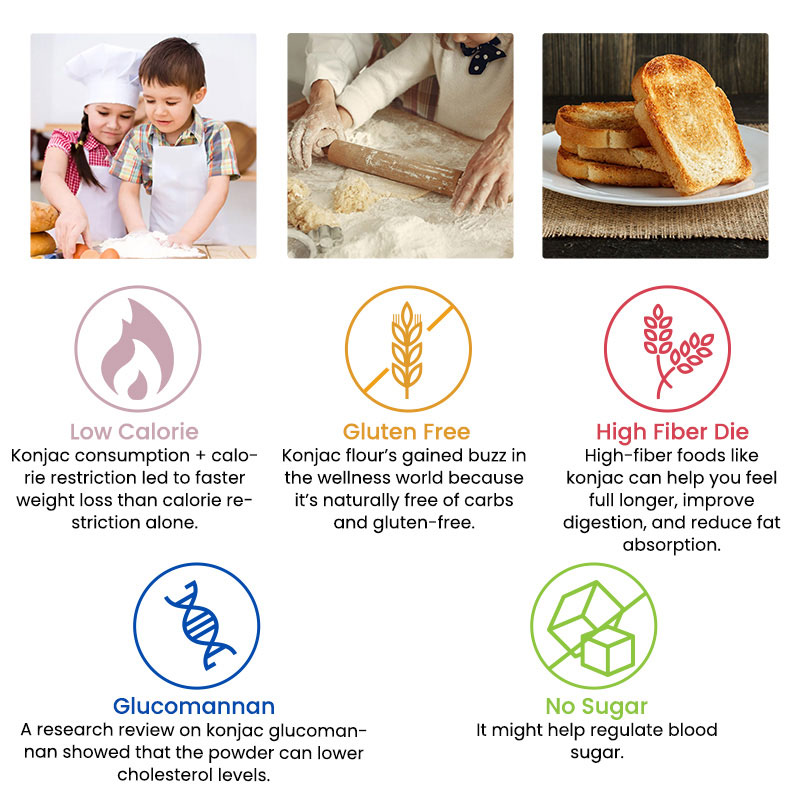
Organic Konnyaku Flour Empowering Your Health Journey
Choosing organic konjac flour means taking a step towards a healthier you.
Its unique properties make it ideal for thickening sauces, creating homemade pasta, or experimenting with new, health-conscious recipes.
It’s more than just flour, it’s a way to explore a new dietary landscape full of nutritional benefits and culinary adventures.
Whether you’re looking to improve your ketogenic diet, enjoy a gluten-free lifestyle, or simply want to enrich your meals with healthier ingredients. Organic konjac flour can change the way you approach your health and cooking.
Organic Konjac Flour Sample Test
SGS Chemical Test 4 packets ca.100g sample in the packet
Notes : Conversion factor of nitrogen to protein is 6.25
| Test ltem(s) | Unit | Test Method(s) | Test Result(s) 001 | MDL |
| Total fat | g/100g | AOAC 996.06 | ND | 0.01 |
| Saturated fat | g/100g | AOAC 996.06 | ND | 0.01 |
| Dietary Fiber | g/100g | AOAC 991.43 | 90.9 | – |
| Sodium (Na) | mg/100g | AOAC984.27,analysis was performed by ICP-OES | 7.1 | 0.1 |
| Protein | g/100g | AOAC 2001.11 | 0.580 | – |
| Moisture | g/100g | AOAC 925.10 | 10.1 | – |
| Ash | g/100g | AOAC 930.05 | 0.6 | – |
| *Glucomannan | % | GBIT 18104-2000 | 91.3 | – |
Calculate Result
| Calculate Item(s) | Unit | Calculate Method(s) | Calculate Result(s) 001 |
| Energy Carbohydrate | kJ/100g g/100g | REGULATION (EU) NO 1169/2011 REGULATION (EU) NO 1169/2011 | 700 <0.1 |
Notes : Energy, Carbohydrate calculation method is reference to REGULATION (EU) NO 1169/2011 OF THEEUROPEAN PARLIAMENT AND OF THE COUNCIL OF 25 October 2011.

You may also need
FAQ
What is gluten?
Gluten is a collective name for wheat gluten and alcohol soluble proteins, which are mainly found in wheat, barley, rye and their hybrid grains.
Things like bread, biscuits, pastries, steamed buns and dumplings are all gluten-containing foods.
Is "gluten" the same thing as "bran"?
“Gluten” is a mixture of a range of proteins in the endosperm, which is essentially protein.
The “bran” is the seed coat removed before fine processing.
The hull – commonly known as the “bran” – is the outermost, dark yellow layer of the wheat kernel, which is removed during the finishing process to obtain a clean, white flour.
The main components of bran are fiber, B vitamins, and trace elements.
Why gluten allergies?
About 30% of all allergies in humans are foodborne, which means they are allergic to something they eat, and most of these foodborne allergens are usually proteins!
Gluten-containing cereals and their products (e.g. wheat, rye, barley, etc.).
Crustaceans and their products (e.g. shrimps and crabs, etc.).
Fish and their products, eggs and their products, peanuts and their products, pulses and their products (e.g. soya beans, peas, fava beans, etc.).
Milk and dairy products (e.g. cow’s milk, goat’s milk, etc.), and nuts and their nuts and their products (e.g. almonds, walnuts, nuts, cashew nuts, etc.).
What is gluten-free?
According to the US FDA‘s regulations on gluten-free products, the gluten content is less than 20 ppm, which means that the gluten content in the food must be less than 20mg/kg for it to be labeled as gluten-free.
The “gluten-free labeling” standard is more popular in Western countries, with different national standards. Including 20 ppm in the US, Canada, and Europe, 3 ppm in Australia, Israel, and New Zealand, and less than 5 ppm in Gluten Free Pasta. Which is close to the most stringent gluten-free standard in the world.


